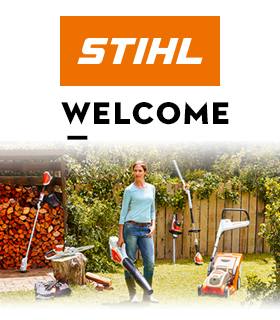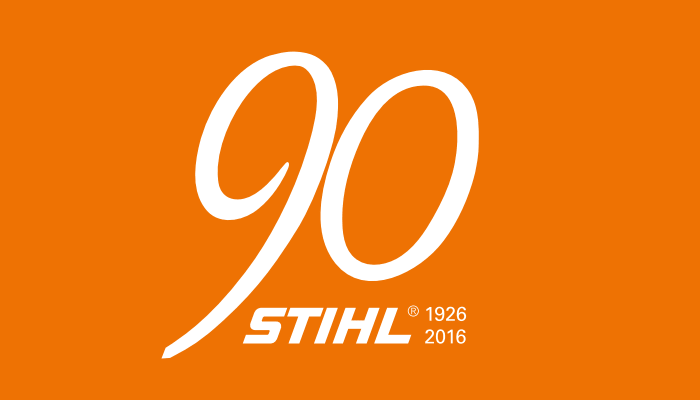
The STIHL story, part 3:
The “do-it-yourself” strategy: production, sales and dealers from a single source (1970-1995)
When Andreas Stihl developed his first chainsaw in 1926, his aim and vision was to “make life in the outdoors easier”. Since then, it has developed from a one-man operation into an international manufacturer of chainsaws and outdoor power tools. In four blog posts we are giving an insight into the eventful chapters of the company story. Part 3 covers the period from 1970 to 1995.
In-house production and sales
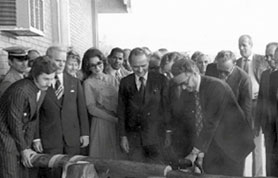
Setting up a production and sales company in Brazil was one of the first steps in establishing world-wide production and sales network.
In the late 1960s, Andreas Stihl gradually withdrew from the company due to ill health. His son, Hans Peter Stihl, was made a partner in 1971, at which point he and his sister, Eva, continued to pursue the clear strategy determined by Andreas.
True to its motto “own manufacturing and sales”, the company founded production and sales companies both in Germany and abroad. Thanks to this entrepreneurial vision and sales strategy, STIHL has been the world’s bestselling chainsaw brand since 1971.
As demand rose, new production sites were established in Brazil, Switzerland and the United States, alongside the construction of a magnesium die-casting plant. These new sites not only supplied their own domestic markets, but also provided mutual competition, making production more cost effective, whilst achieving a high degree of vertical integration and allowing STIHL to manufacture its own key components. This worldwide production network made STIHL a global player, whilst maintaining its family-owned structure.
Quality standards increased as STIHL engineers worked to systematically optimise tool performance, enhance product safety, operating comfort, and reduce emissions.
The approved dealer channel
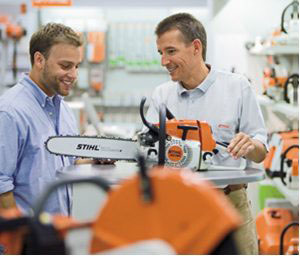 Customer contact points were established as a network of approved dealerships, providing a source of expert advice for customers. Today, more than 40,000 of these sell STIHL products in over 160 countries.
Customer contact points were established as a network of approved dealerships, providing a source of expert advice for customers. Today, more than 40,000 of these sell STIHL products in over 160 countries.
Sawing, grinding and cutting – product diversity and organic growth
The STIHL product range has grown steadily since the mid-sixties. In addition to chainsaws, numerous hand-held outdoor power tools have been developed, including cut-off machines, brushcutters, hedge trimmers, grass trimmers and earth augers, as well as blowers and sprayers. Today these are powered by petrol, electricity or rechargeable lithium-ion batteries.
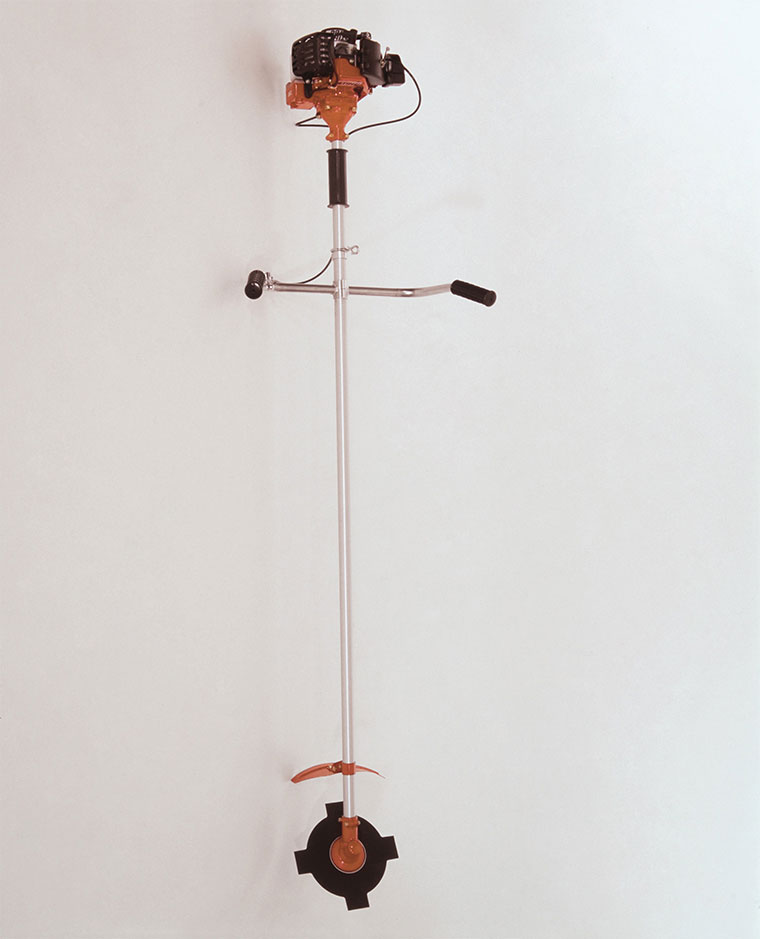
The first trimmers for domestic customers were added in the mid-seventies.

STIHL developed the world’s first catalytic converter for two-stroke engines in 1988.
The range has since been completed with lubricants, oils and personal protective clothing. In 1992, the acquisition of gardening power tools manufacturer VIKING brought the gardening segment into the STIHL fold, complementing its existing forestry and construction specialism.
Entry of the third generation
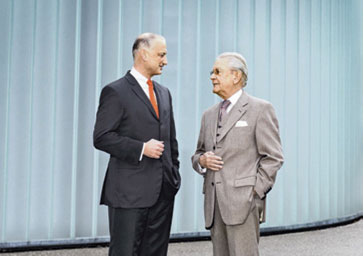
In 1992, Dr. Nikolas Stihl, the son of Hans Peter Stihl, joined the STIHL Group. From 1993 until 2011, he fulfilled the Chief Executive role for VIKING GmbH in Langkampfen, Austria. In 2012, he became Chairman of the Advisory and Supervisory Board and Hans Peter Stihl became the Honorary Chairman, while Eva Mayr-Stihl continued as the Deputy Chairwoman of the Advisory Board.
When did you become part of the STIHL story?
We are celebrating 90 years of STIHL. To celebrate our company’s anniversary, show us what connects you to our company. Upload a photo of yourself to our campaign page: history.stihl.co.uk




